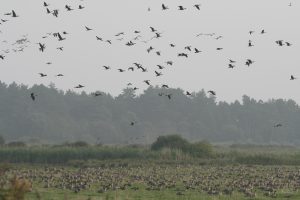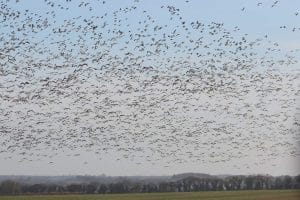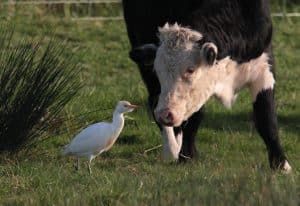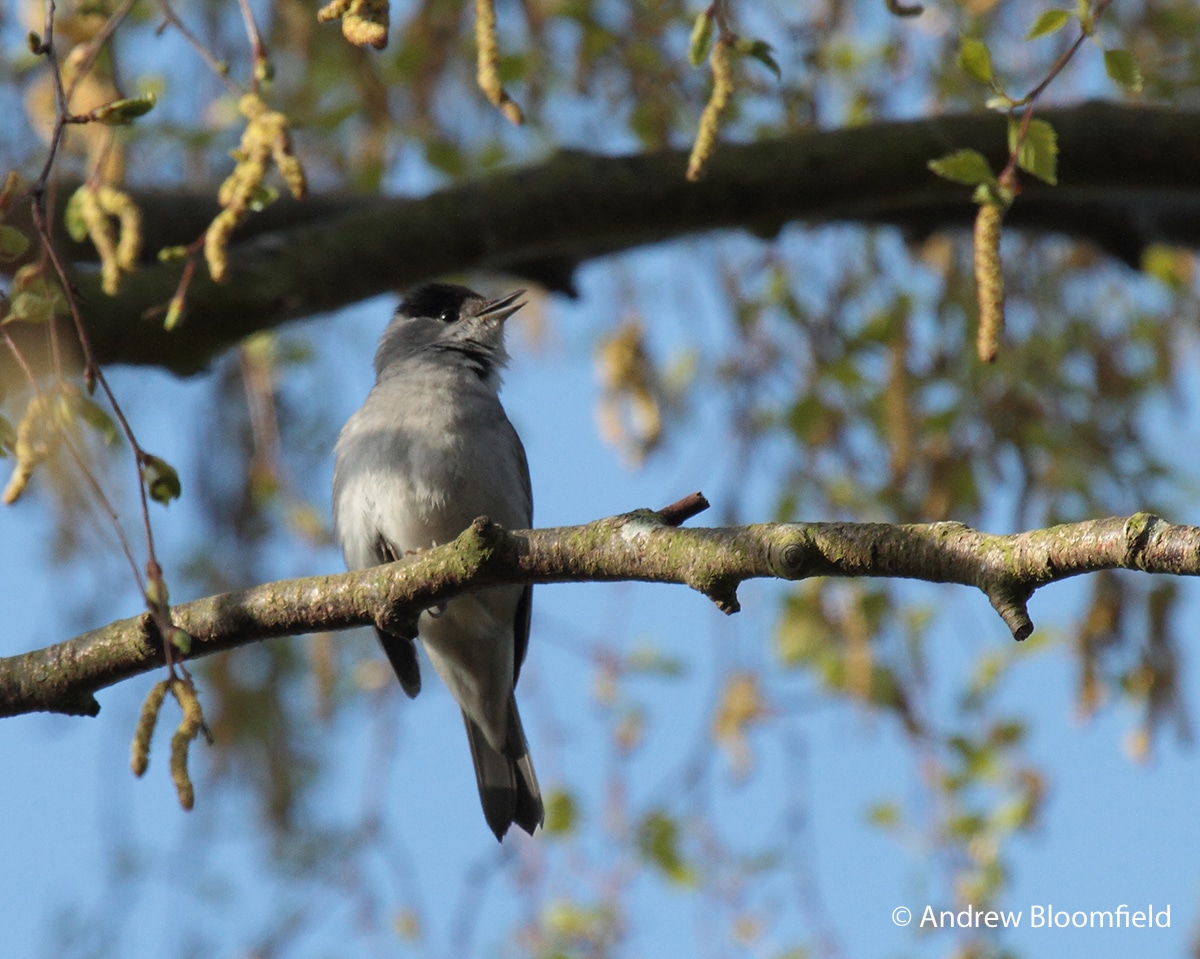
Conservation conversations: April 2025 on the Holkham National Nature Reserve
March 31, 2025 | Nature news | 3 minute read
With the onset of milder, sunnier weather, there are many changes on the Nature Reserve in April. Not only in terms of wildlife, but our visitor numbers also increase as people and their pets come to enjoy the beach, dunes and pine woods.
In April, as nesting season starts, our seasonal restrictions for dogs come into place to help protect ground-nesting birds from disturbance. Dogs continue to be very welcome, but our ‘dogs on leads’ policy will apply in the most vulnerable areas of the beach and dunes and will be clearly signed. Please also look out for roped-off cordons – these are where the particularly vulnerable nests of Terns, Oystercatchers and Ringed Plovers are to be found and all beach visitors are asked to please steer well clear of these areas.
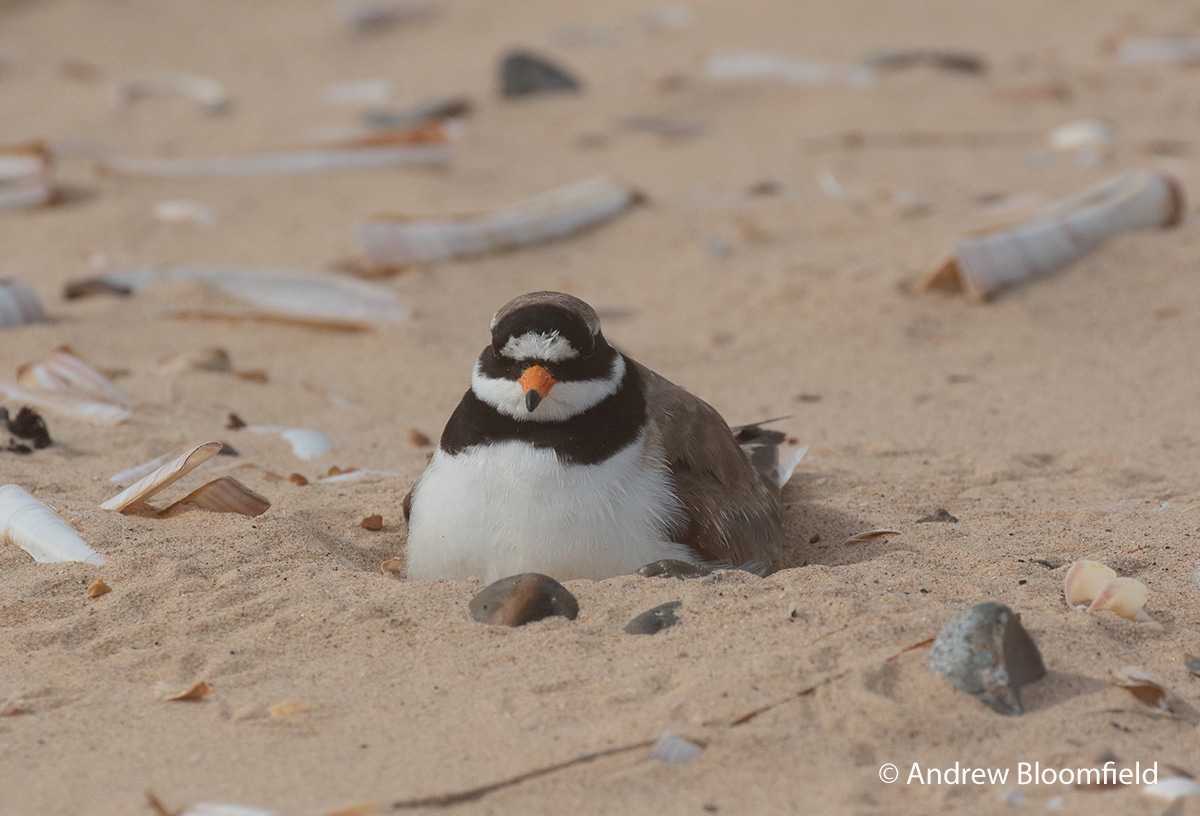
Ringed Plovers are the first birds to begin nesting on the beaches, and as they arrive so do our seasonal beach wardens who monitor the area and help to keep the birds safe while ensuring that our visitors have a great time on the beach. They are a friendly bunch – do say hello and feel free to ask any questions you may have, they’d be delighted to help!
April is the time to keep an eye out for the first Swallows returning from Africa. On the nature reserve you will start to see Willow Warblers and Blackcaps, while in the woods listen out for the distinctive call of the first Cuckoo. The team have been busy removing scrub from in front of the bird hides to enable better views as the spring visitors start to arrive.

As the temperatures creep up, we’ll start to find Holly Blue and Green Hairstreak butterflies flitting around. And if you are walking in Holkham Park, head to the obelisk where not only will you find fabulous views but also the first cowslips of the season.
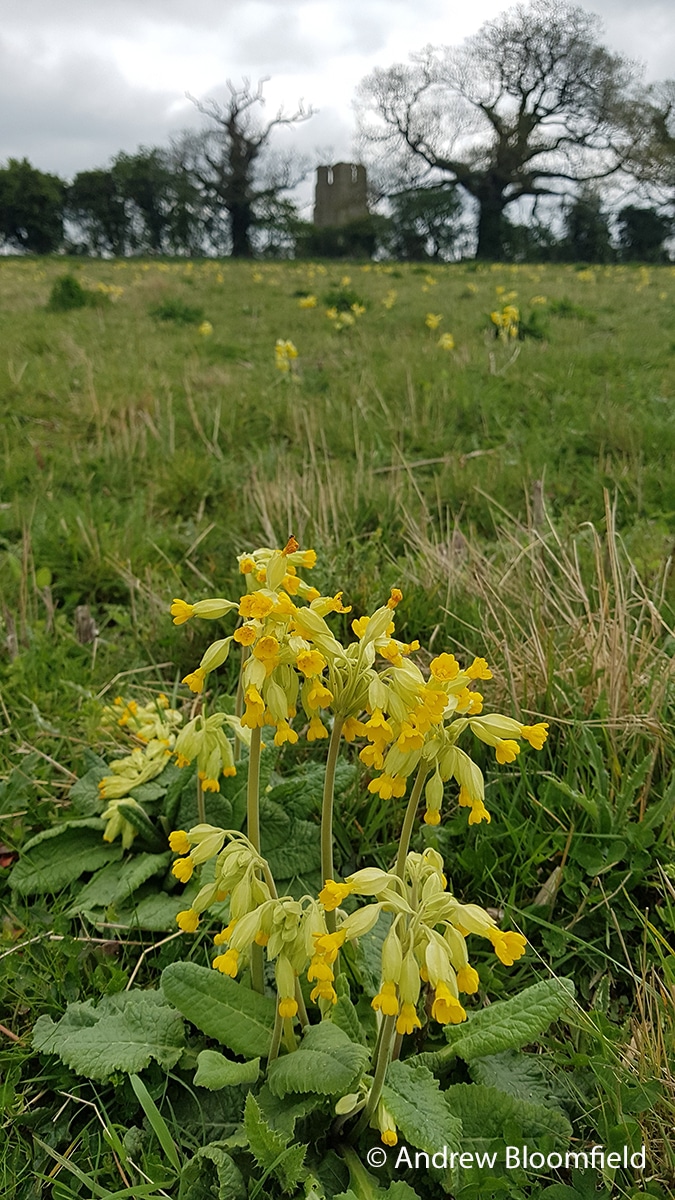
Recent sightings
The wintering Pallid harrier at Warham Marsh and eight Shore Larks continued to attract lots of visiting birdwatchers and we’ve been delighted to see that Otters have been frequently picked up on our trail cameras. White-fronted Geese increased to 400 prior to their return migration to Russia, whilst a Dartford warbler, an ordinarily scarce heathland bird in Norfolk, turned up in a grazing marsh ditch at Burnham Overy.
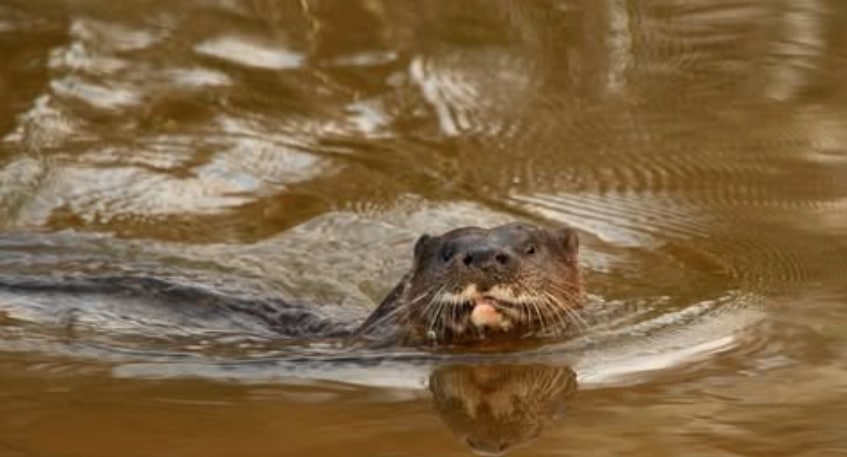
For daily updates, follow us on Instagram @holkhamconservation
Back to Journal Back to Journal
